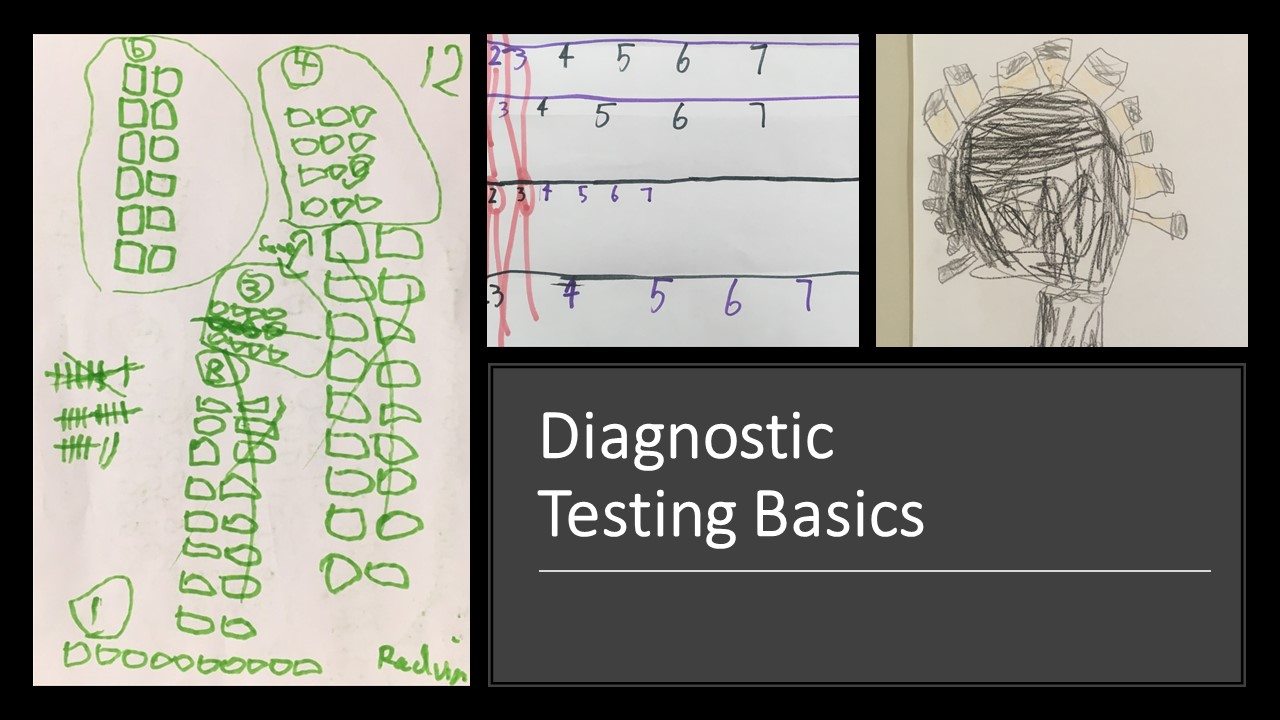
Formative assessment, developmental stages and starting the year well
The goal of formative assessment should always be to find out what each student NEEDS next, rather than focusing
Having read what is currently available of the C2C/Scribbly Gum Mathematics materials, I believe there are a number of issues that need to be addressed before the program truly reflects the intent of the new Australian curriculum.
My concern is predominantly with the implementation of the ACARA proficiency strands. These strands are at the core of the new curriculum and describe ways in which students best learn and use mathematics. This is a far more critical curriculum component than changes in content which can be accommodated fairly easily. Unfortunately, a past and present preoccupation with knowledge has prevented some educators from making pedagogical changes which would result in deeper mathematical understanding and improved problem solving ability. This also appears to be true for the C2C materials, if one is to judge from what has been presented so far. In this paper we will examine two of the proficiency strands included in the C2C units available so far: Problem Solving and Understanding.
ACARA lists the following important problem solving abilities: making choices, interpreting, formulating, modelling and investigating. Problem-Solving in ACARA does not simply refer to word problems, but to problems that require new or insightful thinking on the part of the student. If students are to develop these abilities they are required to do new, deeper thinking – to truly solve problems that are novel to them. If students already know how to solve the problems, they are not modelling or investigating. They are simply representing and practicing. This is gaining fluency, another of the proficiency strands, rather than problem solving skills.
Unfortunately, the problems contained in the C2C units currently provided have very little other than routine questions and some very simple application. If students are to be assessed in problem solving (or Thinking and Reasoning using the QCAR Assessable Element) the routine word problems contained in the C2C materials will provide evidence of achievement only up to a C standard. QCAR describe an A standard as Insightful, which requires a standard of thinking that routine questions simply do not demand. Similar styles of questions in Education Queensland’s own P-12 Curriculum Framework were only given a B/C as the maximum possible grade due to the low levels of thinking required. How then can such routine questions now be graded as an A for Thinking and Reasoning in the C2C materials?
The inclusion of non-standard problems which contain gaps, multiple steps, unusual representations or new content would allow students to demonstrate high level problem solving ability (described as Insightful in the Assessable Elements) and thus attain a higher level of achievement.
Students develop deep understanding of mathematical principles by thinking through and solving novel problems. By thinking through problems, finding errors in their thinking and self-correcting, students are empowered to develop a clear understanding of the processes or mathematical principles involved, make links with prior knowledge and correct their misconceptions. A potentially promising example of this type of activity can be seen in Lesson Two where students are asked to locate positive and negative numbers on a number line. However the opportunity for students to think for themselves is lost in this lesson by teaching students the content and showing them a number line prior to the activity. Students are simply remembering and applying what they have previously been taught rather than thinking for themselves.
Understanding is the other proficiency strand targeted in this unit of work. One of the key descriptors for understanding is that students’ mathematical concepts have to be adaptable and transferable. An effective way to do this is to present students with problems that require them to use the principles and strategies they have developed and adapt them to meet the demands of a new situation. Problems that provide a different context but do not require any manipulation of the mathematics do not provide this. They simply provide another example in which students can practice their skills. The C2C mathematics lesson plans and activities provide opportunities for students to practise the mathematical concepts in new contexts but few opportunities to adapt the principles involved.
As available materials represent only a small portion of what is predicted to be a comprehensive program, there is still hope that some of the above concerns will be meaningfully addressed. However, in the meantime, teachers should seriously consider how to adapt the materials to best suit the needs of their class and to ensure the proficiency strands are effectively implemented.
Leah O’Neill

The goal of formative assessment should always be to find out what each student NEEDS next, rather than focusing
Recently I’ve been pondering findings from a major report into Australian schooling that kids who are struggling in maths by
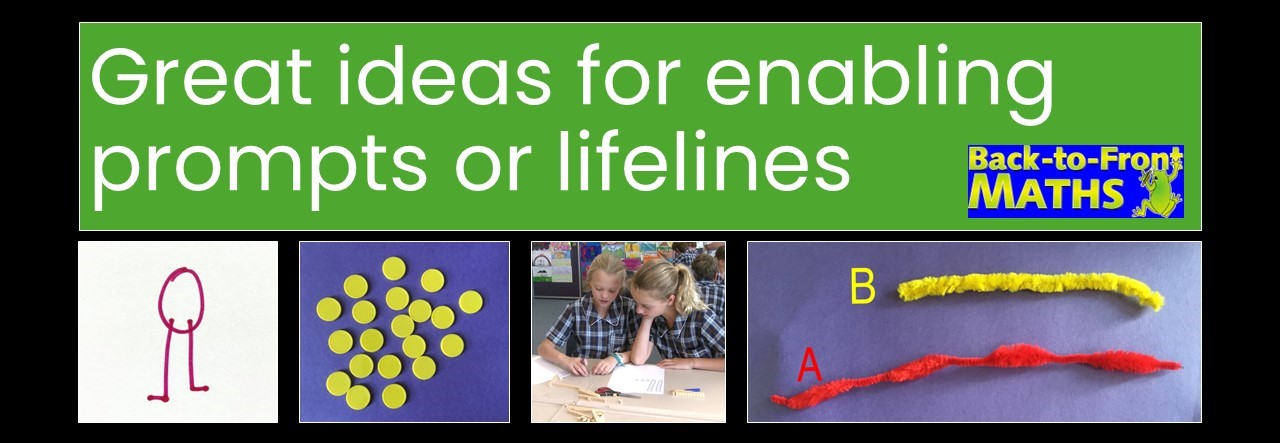
Enabling prompts or life lines are a fantastic way of helping students who are stuck to get started. They do not reduce
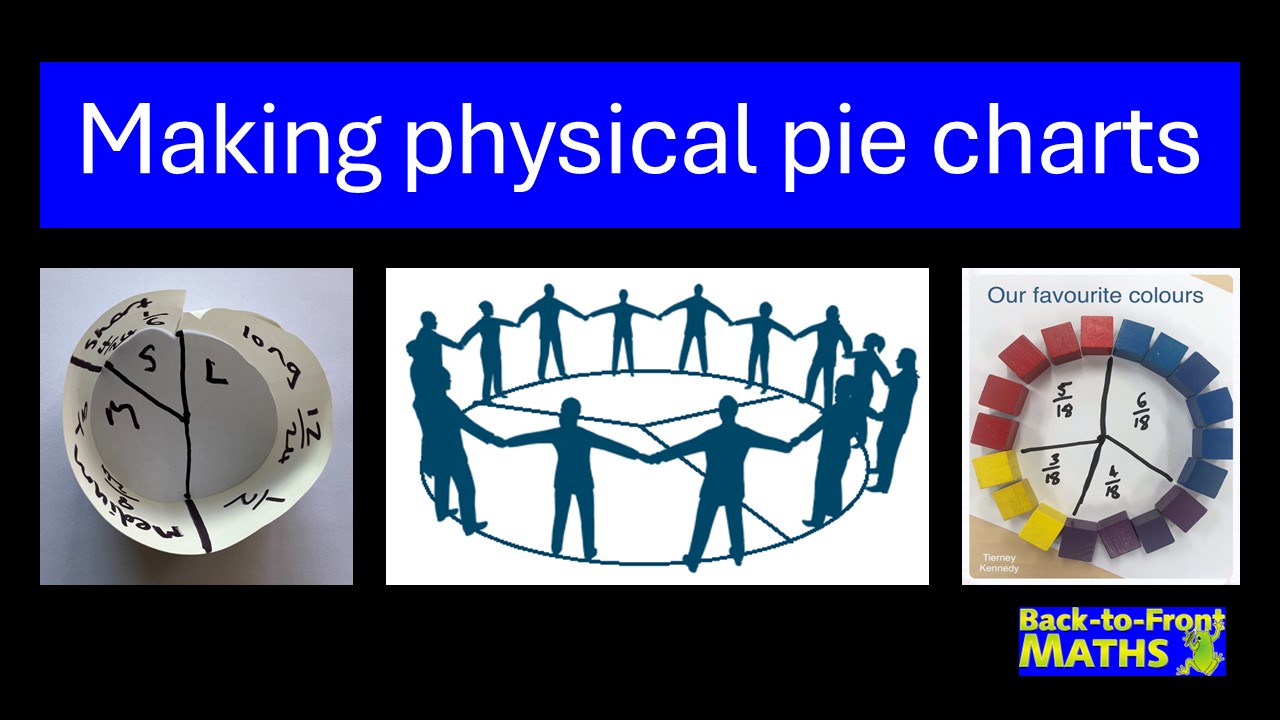
Pie charts are an awesome way of linking statistics, fractions and angles, however they can often be difficult for students
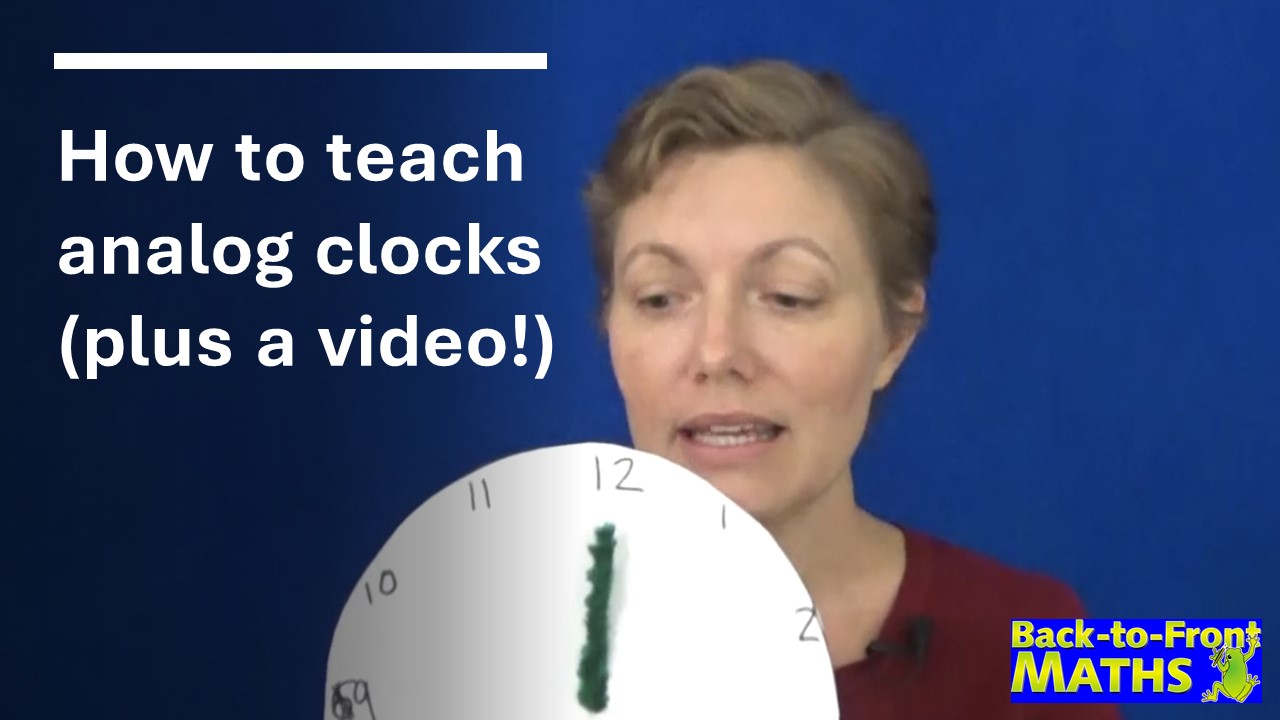
While it may sound counter-intuitive, the easiest way to learn to tell the time is to remove the minute hand
Hundreds charts are great for connecting tens and ones. Why not turn one into a jigsaw puzzle to use in
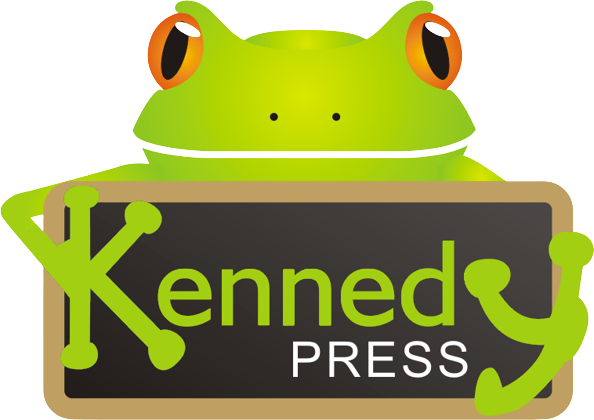
KENNEDY PRESS PTY LTD
FOR ALL ENQUIRIES, ORDERS AND TO ARRANGE PD:
© COPYRIGHT 2023 KENNEDY PRESS PTY LTD ALL RIGHTS RESERVED TERMS & CONDITIONS